Expert Door Hinge Repair: Solving Misalignment, Squeaking, and Sticking Issues

Homeowners often overlook minor door problems, but issues like misalignment, squeaking, or sticking…….
Introduction
Doors are more than just entries and exits; they are a testament to the security, privacy, and energy efficiency of our homes and buildings. Door repair and maintenance are critical components in ensuring that these portals function optimally. This article delves into the intricacies of maintaining and repairing doors, their importance, and the various factors influencing this field. Readers will gain a comprehensive understanding of the subject, from historical context to future trends.
Understanding Door Repair and Maintenance
Door repair and maintenance encompass a wide array of activities designed to prolong the life of doors and ensure their proper function. This includes routine checks, minor repairs, and major overhauls. The core components involve understanding different door types (wooden, metal, glass), materials (wood, metal alloys, glass panes), hardware (hinges, locks, handles), and mechanisms (sliding, swinging, automatic).
Historically, doors have evolved from simple wooden barriers to sophisticated, automated systems. The significance of door repair and maintenance lies in its role in safeguarding occupants’ safety, comfort, and energy conservation. It is an integral part of building management and maintenance, directly impacting the overall health and longevity of a structure.
Global Impact and Trends
The influence of door repair and maintenance is felt worldwide, as it is a universal need across various climates and cultures. Global trends indicate a shift towards energy-efficient doors, intelligent locks, and enhanced security measures. In colder regions, there’s a growing emphasis on thermal breaks and insulated materials to minimize heat loss. In contrast, areas with high humidity or saltwater environments focus on corrosion-resistant materials and weatherproofing.
Economic Considerations
The economic aspects of door repair and maintenance are multifaceted. Market dynamics are driven by consumer demand for security, energy efficiency, and aesthetics. Investment patterns reflect a balance between immediate repairs and long-term upgrades. In economic systems where building infrastructure is vital, door repair and maintenance play a pivotal role in sustaining property values and operational integrity.
Technological Advancements
Technological advancements have revolutionized door repair and maintenance, introducing smart locks, automated entry systems, and self-repairing materials. The impact of these innovations has been profound, offering enhanced security features and improved energy performance. Future potential includes the integration of biometrics, IoT connectivity, and advanced materials that can adapt to environmental conditions.
Policy and Regulation
Policies and regulations governing door repair and maintenance are diverse, with local, national, and international frameworks influencing industry practices. Building codes, fire safety regulations, and accessibility standards dictate the minimum requirements for doors. These legislative measures ensure that doors meet certain performance criteria, thereby influencing their design, installation, and maintenance.
Challenges and Criticisms
The field of door repair and maintenance faces challenges such as adapting to new technologies, maintaining sustainability practices, and addressing the skills gap in specialized labor. Criticisms often highlight a lack of innovation and responsiveness to emerging threats like cybersecurity for automated systems. Solutions include fostering industry-academia partnerships, investing in research and development, and implementing comprehensive training programs for professionals.
Case Studies
Several case studies illustrate the successful application of door repair and maintenance. For instance, a historic building’s restoration project demonstrated the importance of preserving original materials while integrating modern insulation and security features. Another case involved a smart home development where doors were equipped with IoT systems that could be monitored and controlled remotely, enhancing both convenience and security.
Future Prospects
The future outlook for door repair and maintenance is promising, with potential growth areas in sustainable materials, smart technology integration, and customized solutions tailored to individual needs. Emerging trends include the use of nanotechnology for self-cleaning surfaces and the development of doors that can adapt to different environmental conditions. Strategic considerations involve staying abreast of technological advancements and understanding the evolving regulatory landscape.
Conclusion
In conclusion, door repair and maintenance is a multifaceted field that plays a crucial role in building management and societal well-being. Its impact is felt globally, with economic, social, and environmental implications. As technology advances, the industry must adapt to new challenges while maintaining its core focus on safety, security, and efficiency.
FAQ Section
Q: How often should I perform maintenance on my doors?
A: It’s recommended to inspect your doors at least once a year for signs of wear or damage. Regular maintenance can extend the life of your doors and prevent minor issues from becoming major problems.
Q: What are some common issues in door repair and maintenance?
A: Common issues include misaligned doors, worn-out hinges, faulty locks, damaged seals, and warped or rotted wood. Addressing these promptly can ensure your doors function correctly.
Q: Can I repair my door myself, or should I hire a professional?
A: Many minor repairs, such as tightening hardware or adjusting hinges, can be done DIY. However, for more complex issues like replacing entire sections of the door or installing new locks, it’s advisable to hire a professional with expertise in this field.
Q: What are energy-efficient doors?
A: Energy-efficient doors are designed to minimize air leaks and heat transfer, which helps reduce heating and cooling costs. They often feature weather stripping, insulated cores, and materials that provide a tight seal.
Q: How can I choose the right door for my home?
A: Consider factors such as your home’s style, security needs, energy efficiency requirements, budget, and personal preference. It’s also important to choose high-quality materials and a reputable manufacturer or installer.

Homeowners often overlook minor door problems, but issues like misalignment, squeaking, or sticking…….
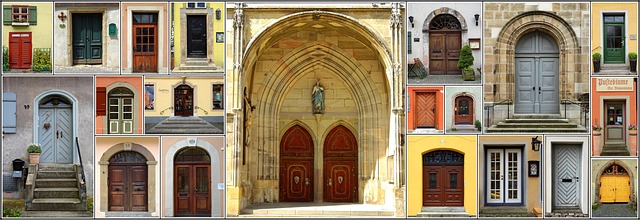
Weatherstripping is a key component of door frame repair, improving energy efficiency and indoor com…….

Misaligned doors, caused by worn hinges, weather conditions, or improper installation, impact aesthe…….
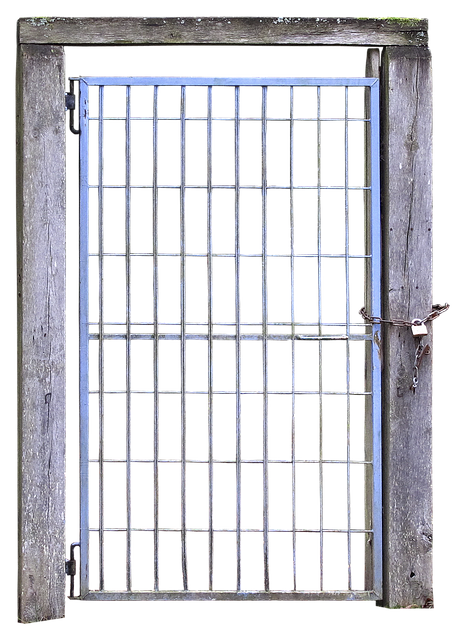
Door misalignment, caused by weather damage or wear and tear, can impact functionality and aesthetic…….
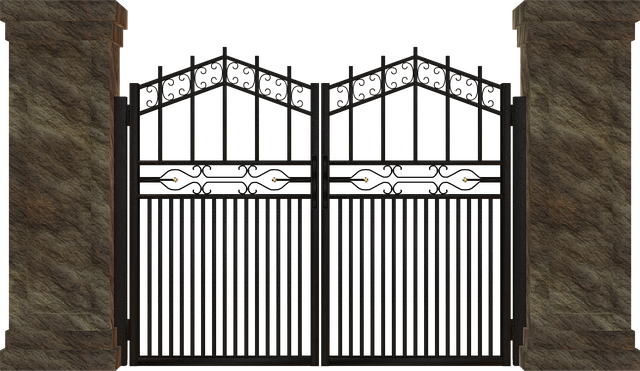
In emergencies, malfunctioning doors pose significant safety risks, highlighting the critical need f…….
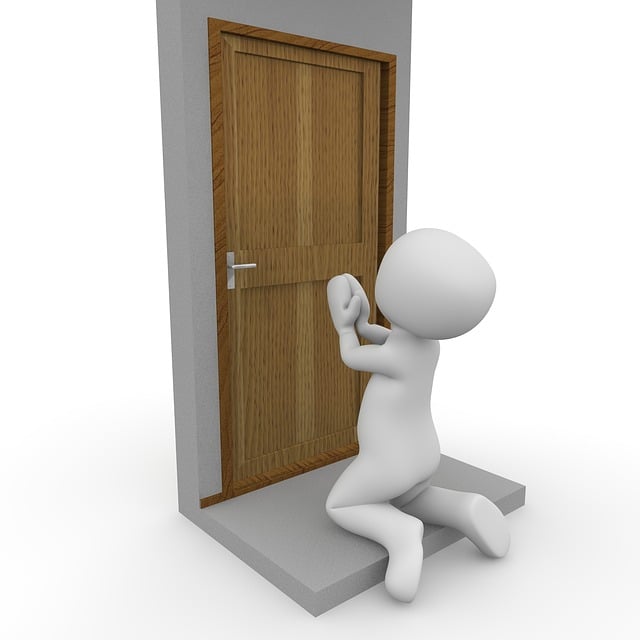
Regular door maintenance services are vital for preventing common issues like misaligned doors, stic…….
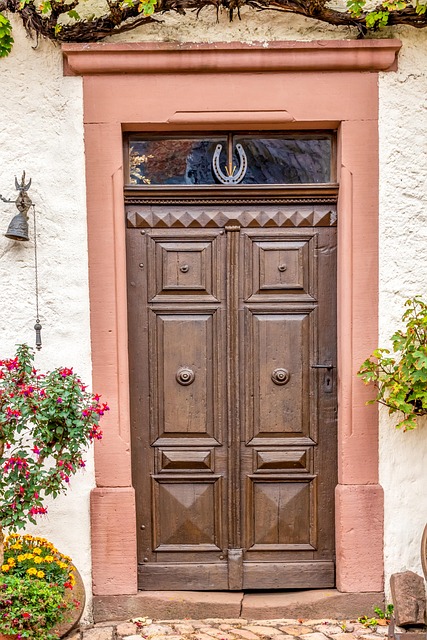
This text provides a comprehensive guide to repairing sliding doors, addressing common issues like c…….

Regular residential door maintenance is vital for extending the lifespan, functionality, and energy…….
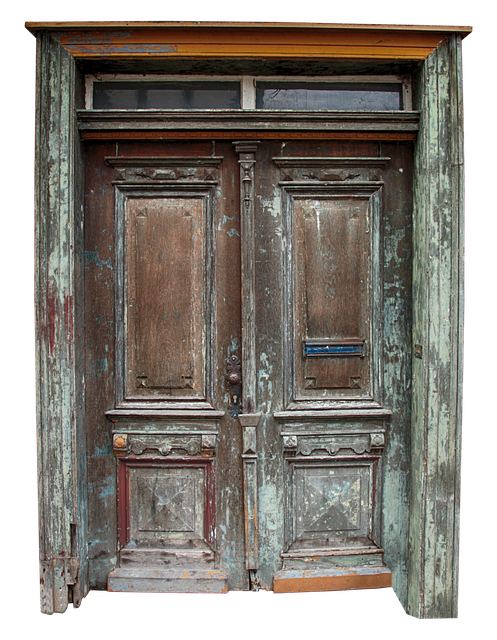
Regular maintenance, including track cleaning and roller replacement, is key to keeping commercial s…….
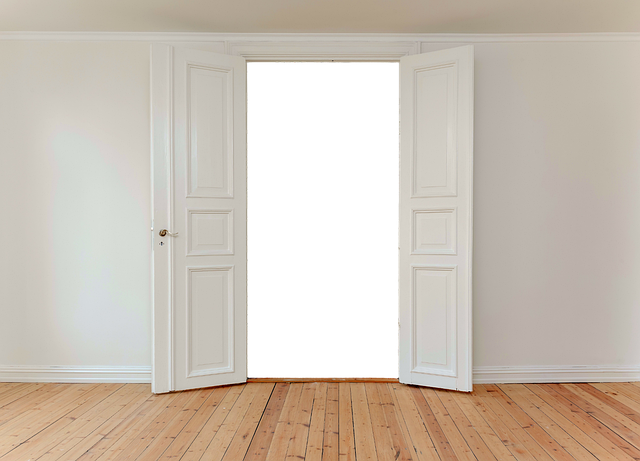
Commercial door repair services are essential for maintaining building features that face heavy usag…….